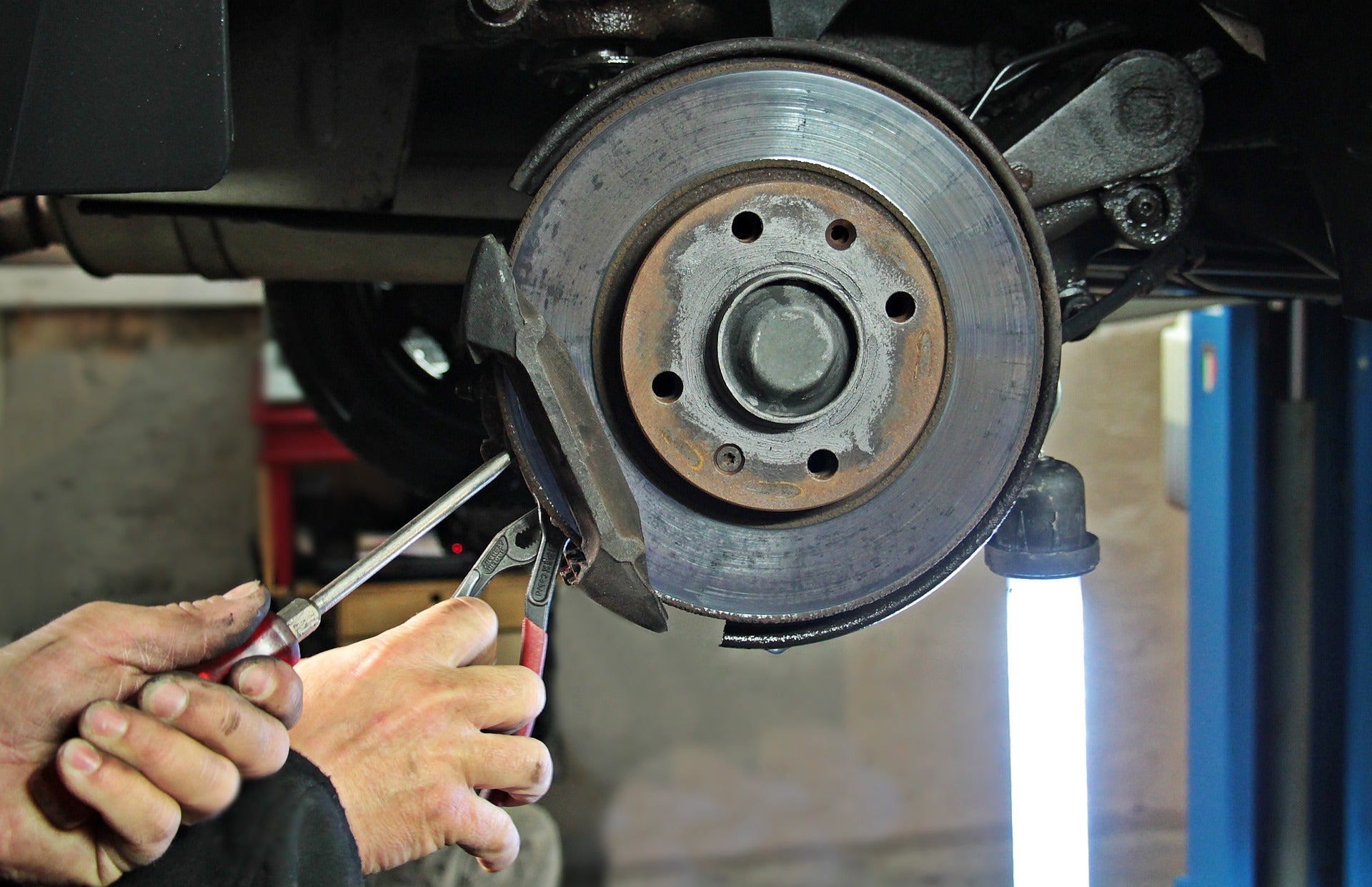Potential Risks:
Due to the need for heat dissipation, the brake system is completely exposed to the erosion of the complex road environment. Mud, water, electrolyte, oil, etc. on the road will affect the brake system.
1. The friction working surface of the brake is adhered by oil and dust, which will reduce the friction coefficient and reduce the braking efficiency;
2. The running track of the brake component is blocked by dust, and the phenomenon of "partial wear" may occur, which reduces the effective friction area and reduces the braking efficiency;
3. Brake whistling sound caused by aging of brake system components;
4. The brake components are corroded and rusted. For example, the piston of the sub-pump is protected by a rubber dust cover. Once the rubber ages, moisture enters the working surface of the sub-pump and causes rust, which will affect the braking time.
5. Brake heat dissipation channels are blocked by muddy water and dust, which can easily lead to brake failure in road conditions such as long downhill.
6. The rim of the tire is locked to the hub of the car, and the tire is difficult to disassemble.
To sum up, the brake system is the most important part of the car, which is related to the safety of the drivers and passengers. It may not be felt at ordinary times, but in high-speed driving or special road conditions, a well-functioning brake system can save lives. Therefore, reasonable maintenance of the brake system is very necessary.
Maintenance:
In addition to regular inspection and timely replacement of worn friction components, the brake system should also be reasonably maintained regularly:
1. Use a solvent-based cleaning agent to clean the surface of the brake friction components and its heat dissipation channels. Be careful not to use cleaning agents containing lubricating ingredients to avoid soaking the rubber.
2. Use high-temperature-resistant (above 600°C) impact-resistant lubricants on the parts of the brake friction components that are moving with each other to lubricate, assist heat dissipation and fill, and avoid partial wear. Be careful not to use lubricants that are not resistant to high temperatures such as butter, as they will have a counterproductive effect once they are burned dry.
3. Use high-temperature-resistant (above 600°C) impact-resistant lubricants on the back of the brake friction components, such as the silencer, to eliminate brake squeal.
4. Use high temperature resistant (above 120°C) lubricant at the positioning pin of the brake cylinder to ensure the effective time of the brake. Note that lubricants that are not resistant to high temperatures such as butter cannot be used.
5. Apply long-term protective agent on the rubber dust cover of the brake cylinder and the parts that are prone to rust to protect the normal operation of the piston and ensure the effective time of the brake.
6. Apply long-term lubricant on the joint surface of the tire rim and the car hub to avoid seizure.
7. Note that the braking system is related to the personal safety of drivers and passengers. If incorrect products, counterfeit and shoddy products are used, or improper operation, accidents will easily occur. Therefore, it must be used by qualified service providers. Channels, products of well-known companies, such as 3M, BG, Wynn's and other brands, to ensure safety.
Auto Brake Maintenance Tips

